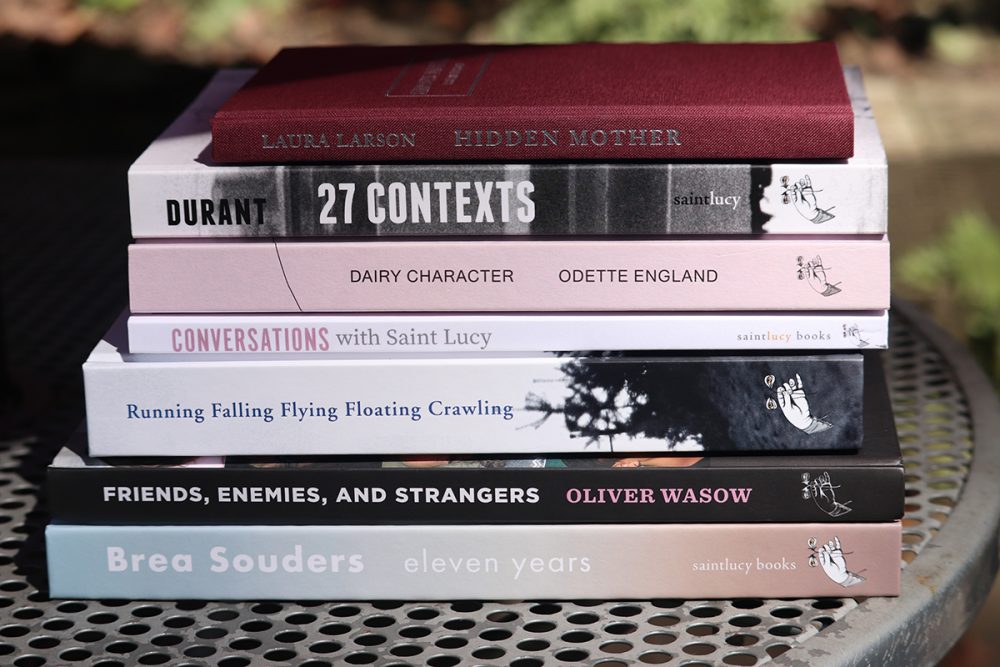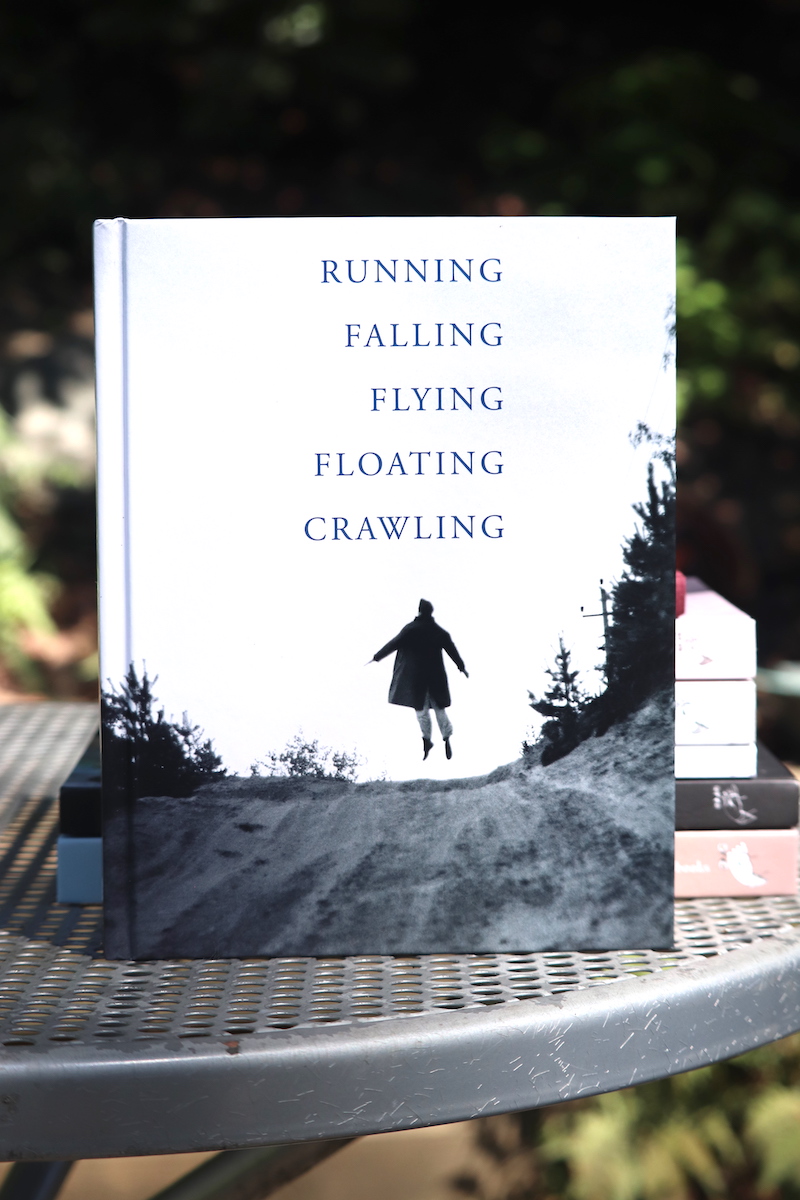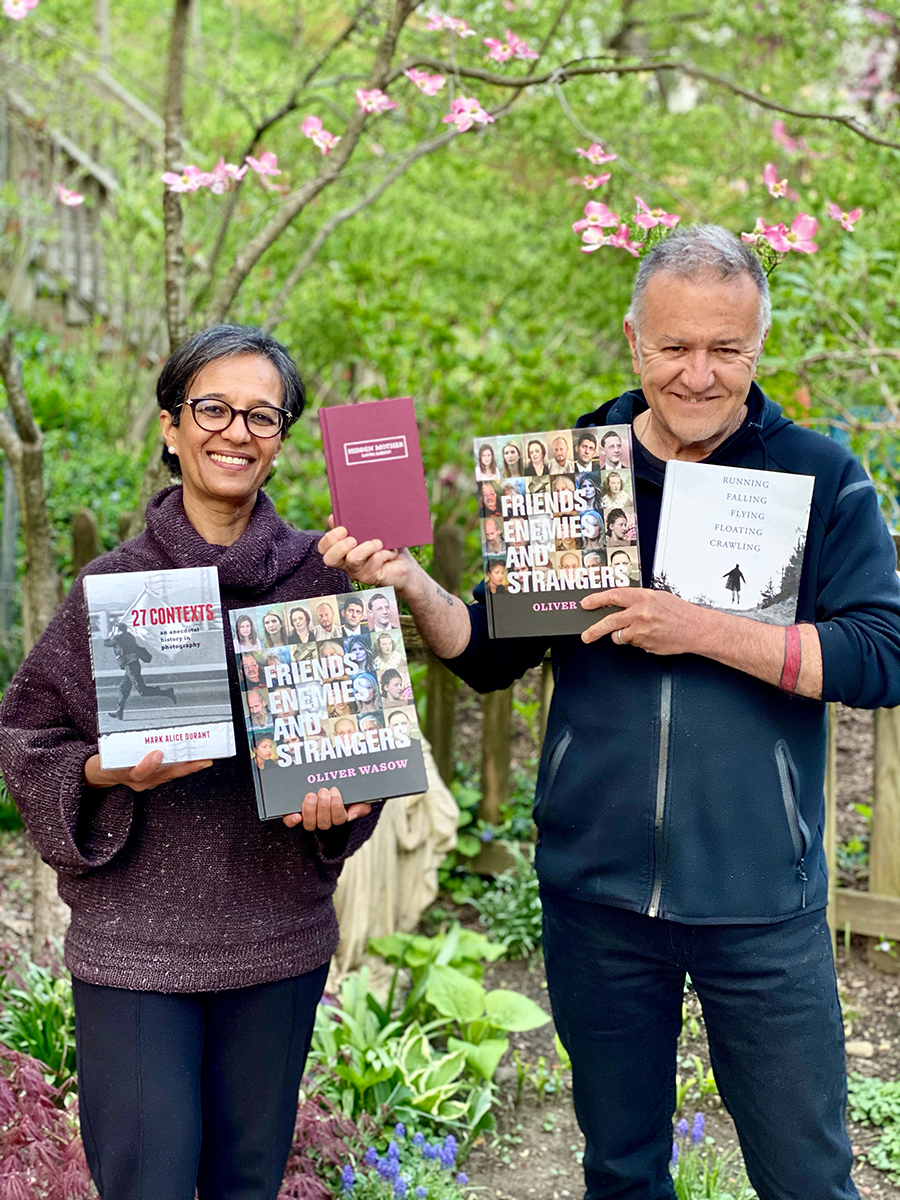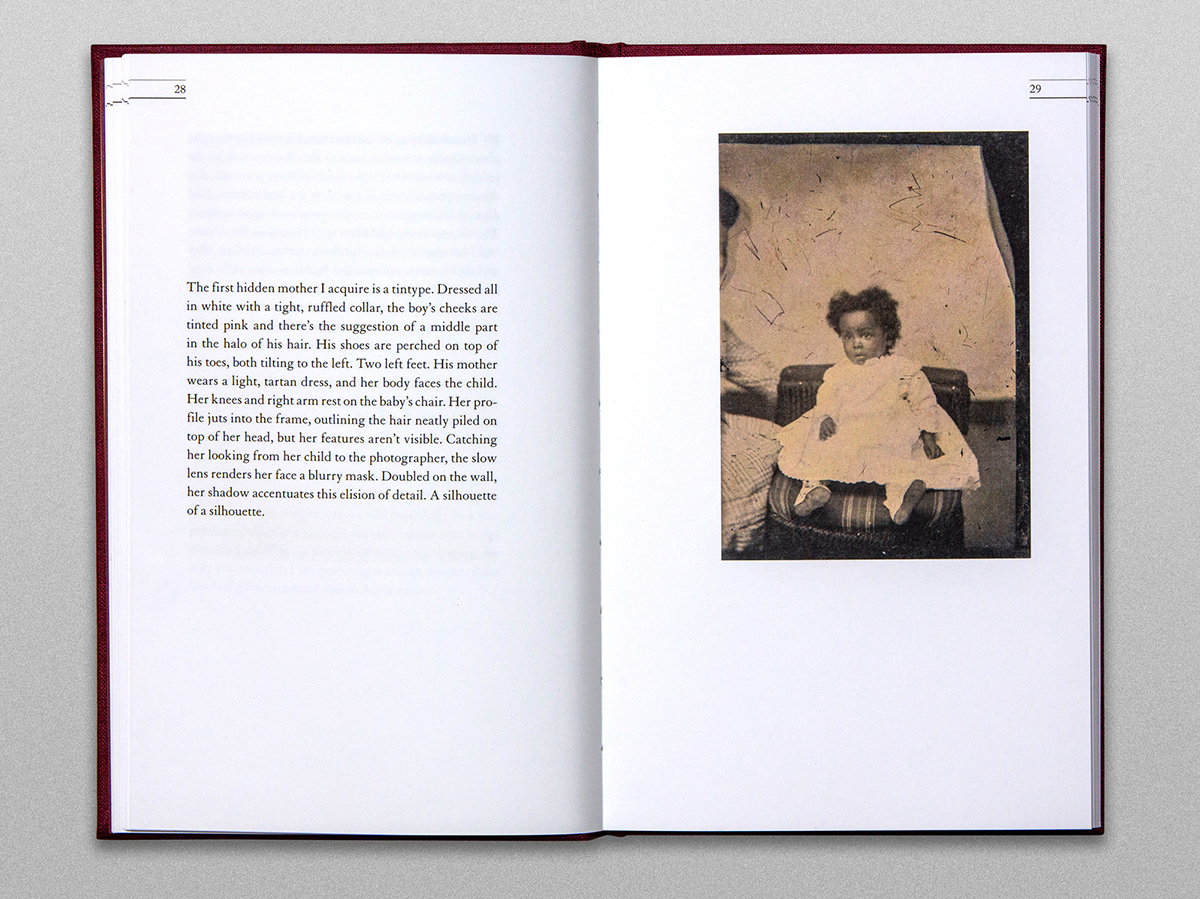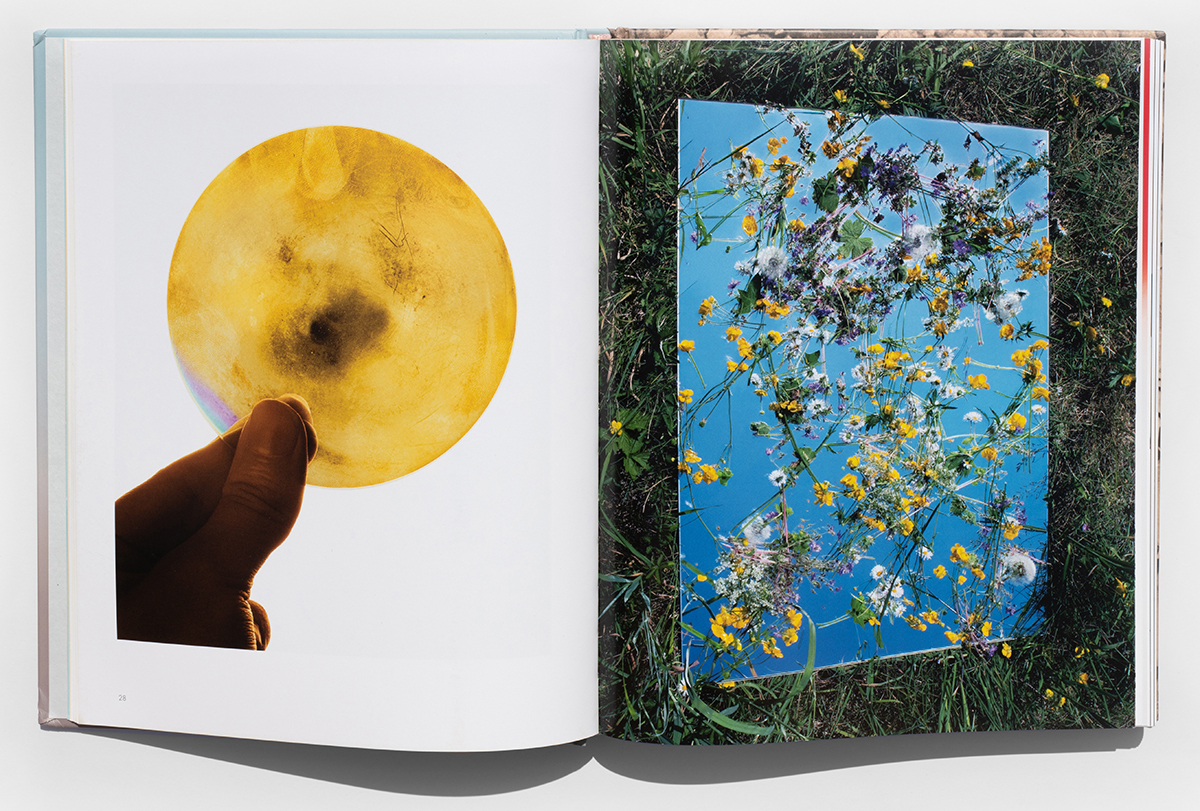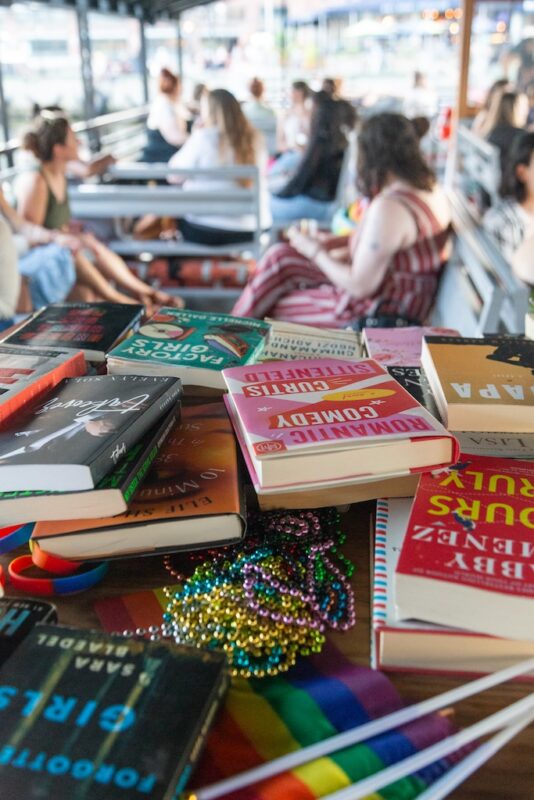Since 2017, artist and writer Mark Alice Durant has quietly established a unique publishing concern through Saint Lucy Books. Devoted to exquisitely designed, uncategorizable books merging visual art and adventurous writing, Saint Lucy’s titles often fall between the cracks between memoir and monograph.
Saint Lucy’s publishing arm evolved from a blog covering photography and contemporary art, founded by Durant in 2011, into a small press producing stylish, unique books exploring the liminal possibilities and hidden histories of photography. It takes its name from the patron saint of the blind and protector of sight, Saint Lucia, who is said to have lost her eyes for refusing marriage to a pagan nobleman, and who is often depicted as holding her eyes upon a golden platter.
To date, Saint Lucy has published seven books, including Oliver Wasow’s photography collection Friends Enemies and Strangers, Durant’s own hybrid memoir/monograph 27 Contexts, and Conversations with Saint Lucy, a collection of interviews with photographers Sarah Blesener, Elinor Carucci, Doug DuBois, Ron Jude, and Rania Matar.
With a focus on great design as well as engaging content, Saint Lucy’s books are highly collectible. One of Saint Lucy’s first titles—Laura Larson’s Hidden Mother, which traces the history of 19th-century “hidden mother” photographs that concealed the bodies of mothers during long-exposure photographs of their children—is nearly sold out.
The pandemic has not slowed Saint Lucy, during which it published three titles: Brea Souders’ photography monograph eleven years, Odette England’s autobiographical chronicle Dairy Character, and Running Falling Flying Floating Crawling, a compendium of photographs and texts exploring the human body in various states of motion. Durant expects to publish three more titles in 2022.
BmoreArt interviewed Durant over Zoom about Saint Lucy’s progression, the relationships between art and writing, and what it means to be part of a conversation.


